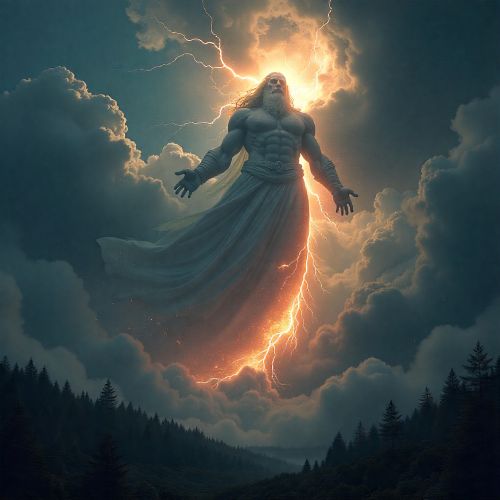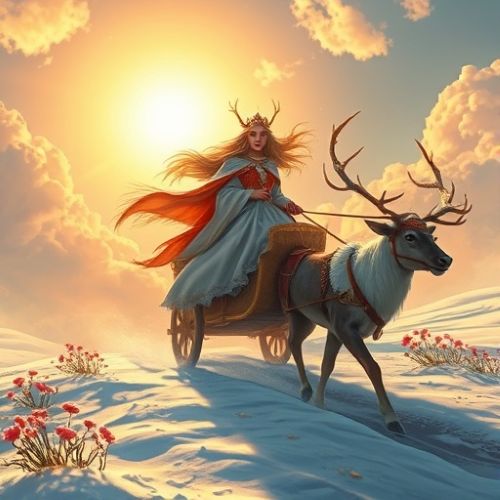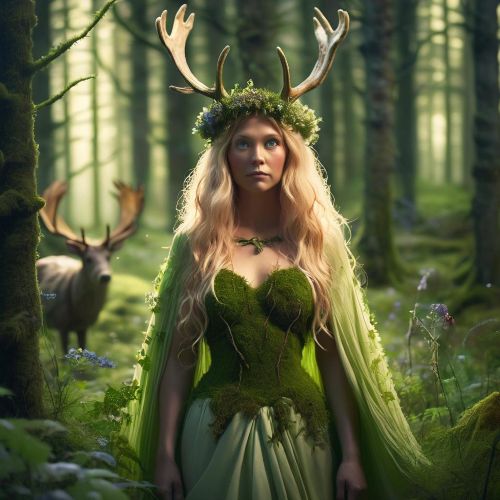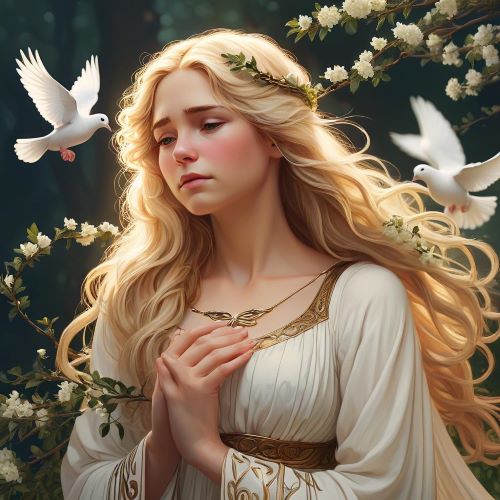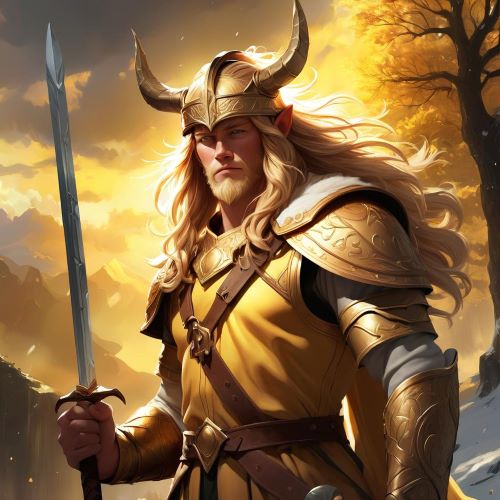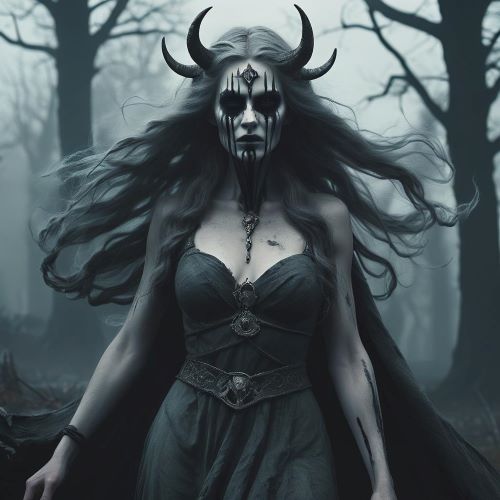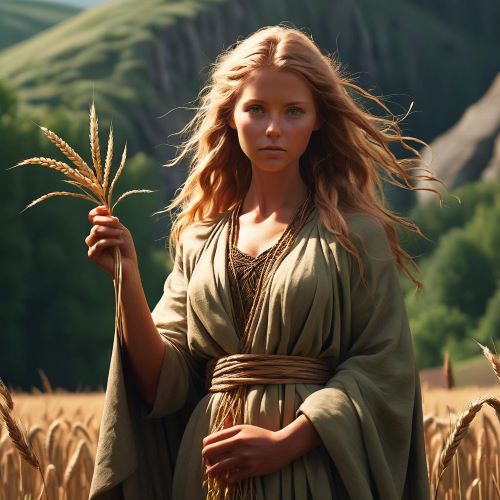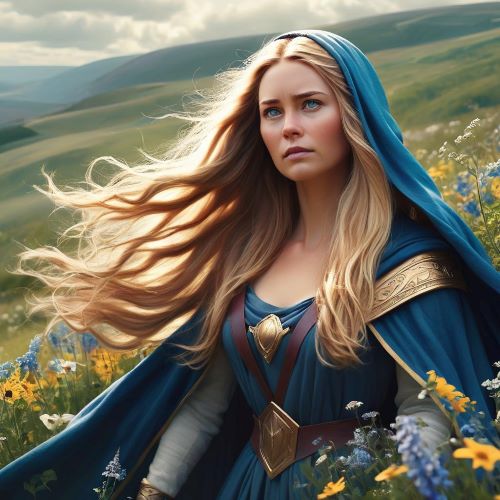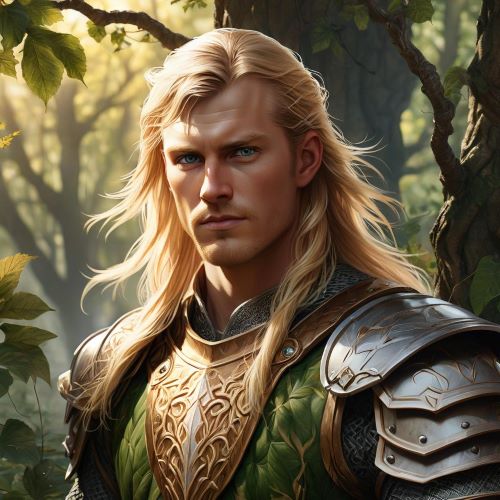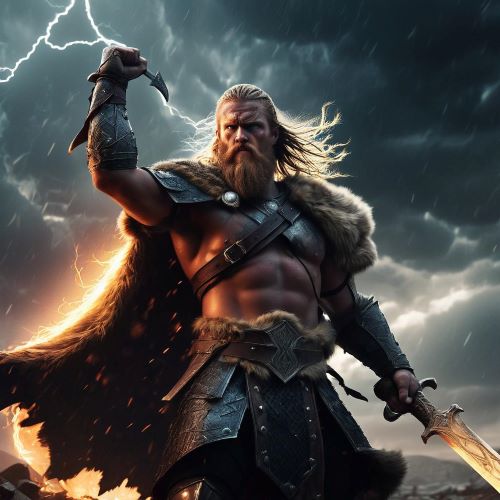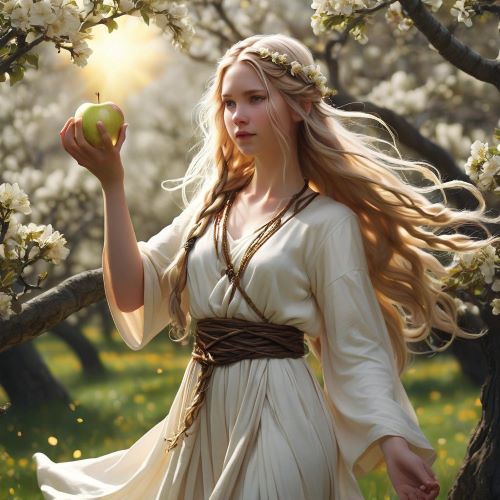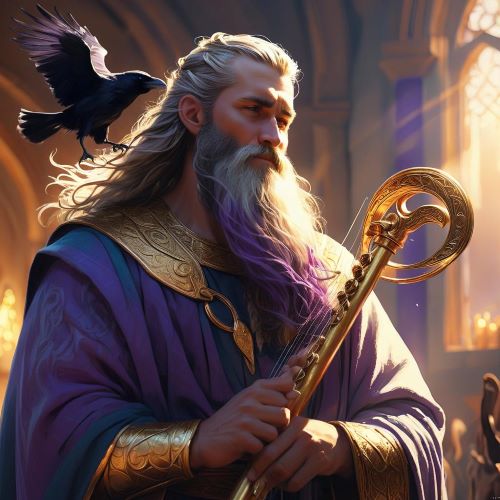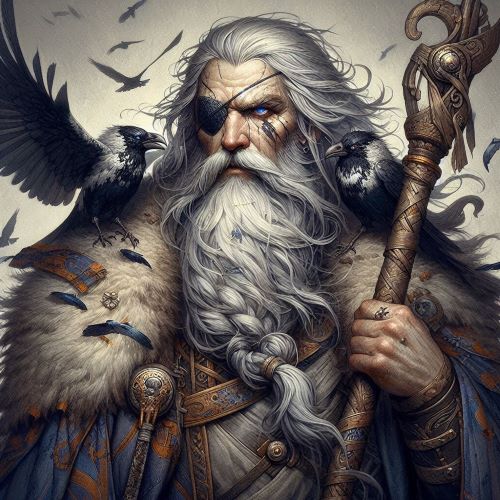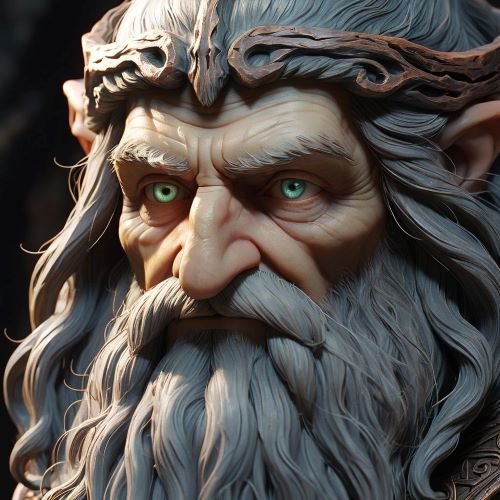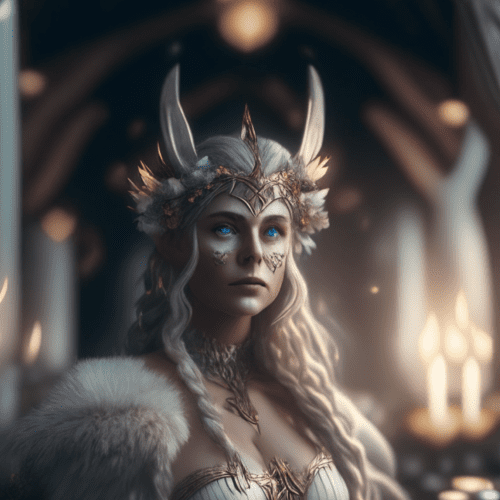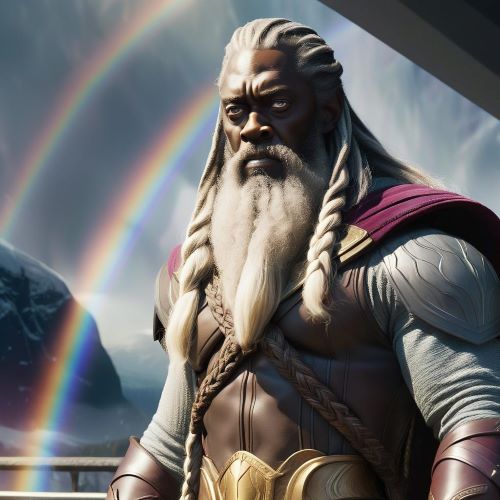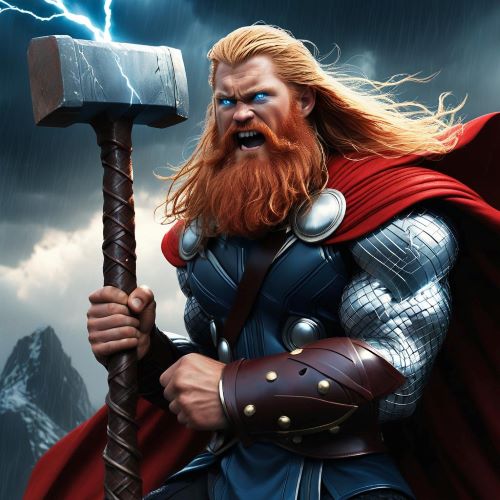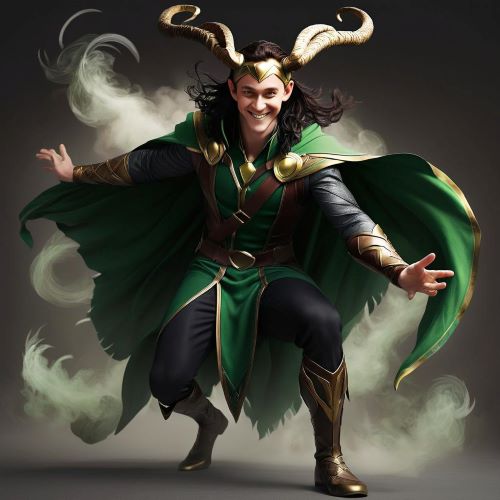Northern European Gods
Northern European Gods form a rich and diverse pantheon drawn from the traditions of Finnish, Sámi, Icelandic, Estonian, and Norse mythology. These deities embody natural forces, cosmic order, and the guiding principles of human life. Worshipped through rituals, songs, and stories, they shaped the spiritual worldviews of their people and continue to inspire awe today. Unlike distant divine figures, these gods were deeply involved in the cycles of nature and the fate of humanity, making them central to both survival and cultural identity.
In Finnish mythology, Ukko, the sky god, was the most powerful, ruling over thunder, rain, and fertility. His role was crucial in ensuring the prosperity of crops and the well-being of communities. Similarly, Finnish deities like Tapio, the forest spirit, embodied the deep connection between humans and the natural world. These gods reflected a worldview where every aspect of nature was sacred and alive with divine presence.
Sámi mythology also emphasized gods tied to nature and survival. Bieggolmmái, the wind man, and Horagalles, the thunder god, were revered for their power over weather, crucial in the Arctic environment. Female deities like Máttaráhkká represented motherhood, fertility, and the cycle of life. The Sámi pantheon reveals a belief system rooted in harmony with the forces of the earth, sky, and ancestors.
Norse and Icelandic traditions present one of the most well-known pantheons of Northern European Gods. Odin, the Allfather, represented wisdom, magic, and fate, while Thor embodied protection, thunder, and strength. Freyja and Freyr, from the Vanir gods, symbolized fertility, prosperity, and love. These deities lived within the complex cosmology of Yggdrasil, the world tree, where gods, humans, giants, and spirits coexisted. Their myths, preserved in sagas and eddas, highlight themes of destiny, conflict, and renewal.
Estonian mythology also features powerful gods tied to land and sky. Taara, often seen as a sky or thunder god, and Vanemuine, linked to song and culture, reflect the spiritual values of the Estonian people. These gods emphasized the sacredness of both natural forces and human creativity. Together with their Finnish, Sámi, and Norse counterparts, Estonian deities illustrate a shared Northern European belief in divine forces shaping life, death, and the natural world.
Today, the legacy of Northern European Gods continues in cultural traditions, modern pagan practices, and popular culture. From literature and music to films and games, these gods remain timeless symbols of wisdom, strength, and the eternal cycles of nature and destiny. Their enduring presence demonstrates humanity’s unbroken fascination with the divine and its power to shape both myth and meaning.
Northern European Gods form a rich and diverse pantheon drawn from the traditions of Finnish, Sámi, Icelandic, Estonian, and Norse mythology. These deities embody natural forces, cosmic order, and the guiding principles of human life. Worshipped through rituals, songs, and stories, they shaped the spiritual worldviews of their people and continue to inspire awe today. Unlike distant divine figures, these gods were deeply involved in the cycles of nature and the fate of humanity, making them central to both survival and cultural identity.
In Finnish mythology, Ukko, the sky god, was the most powerful, ruling over thunder, rain, and fertility. His role was crucial in ensuring the prosperity of crops and the well-being of communities. Similarly, Finnish deities like Tapio, the forest spirit, embodied the deep connection between humans and the natural world. These gods reflected a worldview where every aspect of nature was sacred and alive with divine presence.
Sámi mythology also emphasized gods tied to nature and survival. Bieggolmmái, the wind man, and Horagalles, the thunder god, were revered for their power over weather, crucial in the Arctic environment. Female deities like Máttaráhkká represented motherhood, fertility, and the cycle of life. The Sámi pantheon reveals a belief system rooted in harmony with the forces of the earth, sky, and ancestors.
Norse and Icelandic traditions present one of the most well-known pantheons of Northern European Gods. Odin, the Allfather, represented wisdom, magic, and fate, while Thor embodied protection, thunder, and strength. Freyja and Freyr, from the Vanir gods, symbolized fertility, prosperity, and love. These deities lived within the complex cosmology of Yggdrasil, the world tree, where gods, humans, giants, and spirits coexisted. Their myths, preserved in sagas and eddas, highlight themes of destiny, conflict, and renewal.
Estonian mythology also features powerful gods tied to land and sky. Taara, often seen as a sky or thunder god, and Vanemuine, linked to song and culture, reflect the spiritual values of the Estonian people. These gods emphasized the sacredness of both natural forces and human creativity. Together with their Finnish, Sámi, and Norse counterparts, Estonian deities illustrate a shared Northern European belief in divine forces shaping life, death, and the natural world.
Today, the legacy of Northern European Gods continues in cultural traditions, modern pagan practices, and popular culture. From literature and music to films and games, these gods remain timeless symbols of wisdom, strength, and the eternal cycles of nature and destiny. Their enduring presence demonstrates humanity’s unbroken fascination with the divine and its power to shape both myth and meaning.


